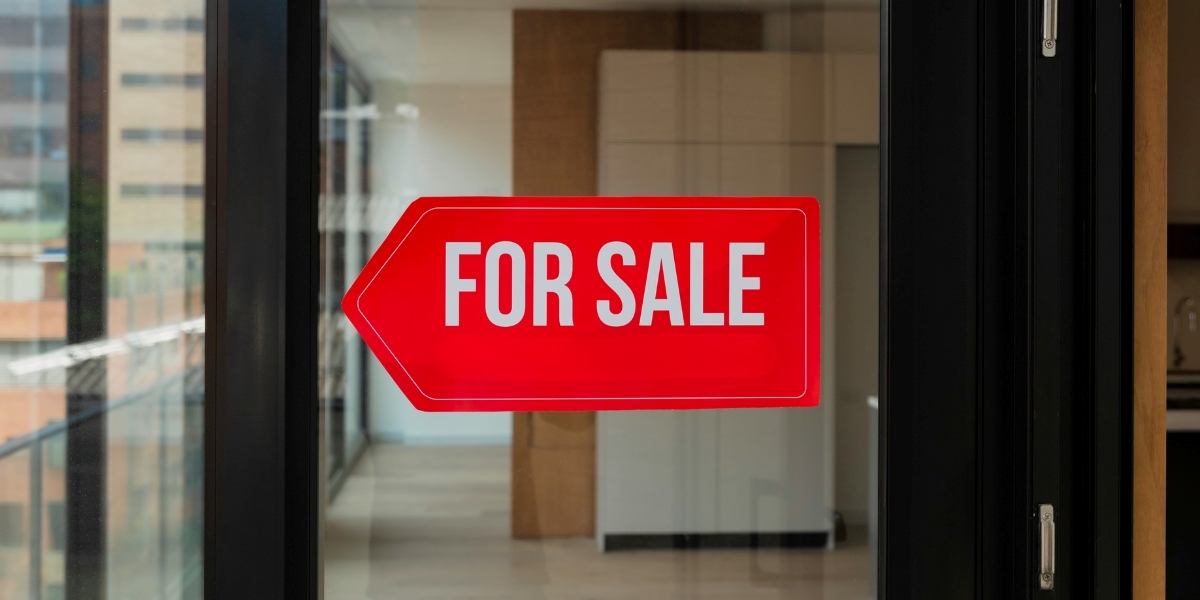Inflation has been affecting the economy since the beginning of the United States, but in the years of the pandemic inflation rates have been rising higher than they have in the past 30 years. To understand what this means for your personal finances, we first have to understand what inflation is and why the pandemic has affected it so strongly.
Inflation, in simple terms, is an increase in the price of goods or services due to weakening currency caused by different economic triggers. These triggers can be things like surges in product demand, production cost increases, supply chain breakdowns, or changes in the house market. All of these changes occurred in the past two years with the COVID-19 pandemic with jobs being lost in production, product demand, and border closures causing issues in the importation of goods.
So what was the consequence of the pandemic on inflation? The Federal Reserve aims to keep inflation at 2% or less each year. There was a 2.3% increase in 2019, slightly above average but nothing to worry about. In 2020, inflation rose 1.4% which was reassuring since so many people were out of jobs and had to work harder to fight the effects of inflation during such uncertain times. In 2021 as the pandemic trailed on, inflation rose 6.8%! This is the biggest jump the country has seen in 30 years since the Great Stagflation of the 70’s and 80’s.
From 2020 to 2021 Americans are paying significantly more for the same amount of goods and services. Americans are paying 29.7% more for used cars, 5.6% more for clothing, and 4.6% in energy. These price increases are being felt even in categories of necessity. For example, Americans are paying 8.3% more in food and 6% more in healthcare than they were in 2020. These prices are rising due to the sharp rise in inflation rates, but why does inflation go up during times like these?
One of the major theories of inflation is the demand-pull theory which explains that when demand outpaces the availability of products or services, overall prices will rise. This makes sense in these times of the pandemic since so many people are losing their jobs which means there are less people working to bring goods and services to the public.
So we understand now that inflation is inevitable especially in times like these, so what can we expect from ongoing inflation trends? Well, it’s not all bad news. It has been noted that inflation and unemployment rates are inversely correlated, meaning that as inflation rises, the unemployment rate goes down. In 2021 unemployment dropped to 4.2% even with the nearly 7% increase in inflation. We can also expect higher wages with the average hourly wage rising 5% in 2021. The negative side of inflation is the rising cost of living which is continuing to rise each year. With the cost of living rising each year it is important to make sure your finances are protected.
Learn how to protect your finances and prepare for the effects of inflation in the infographic below:










